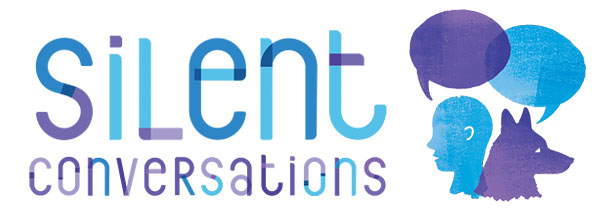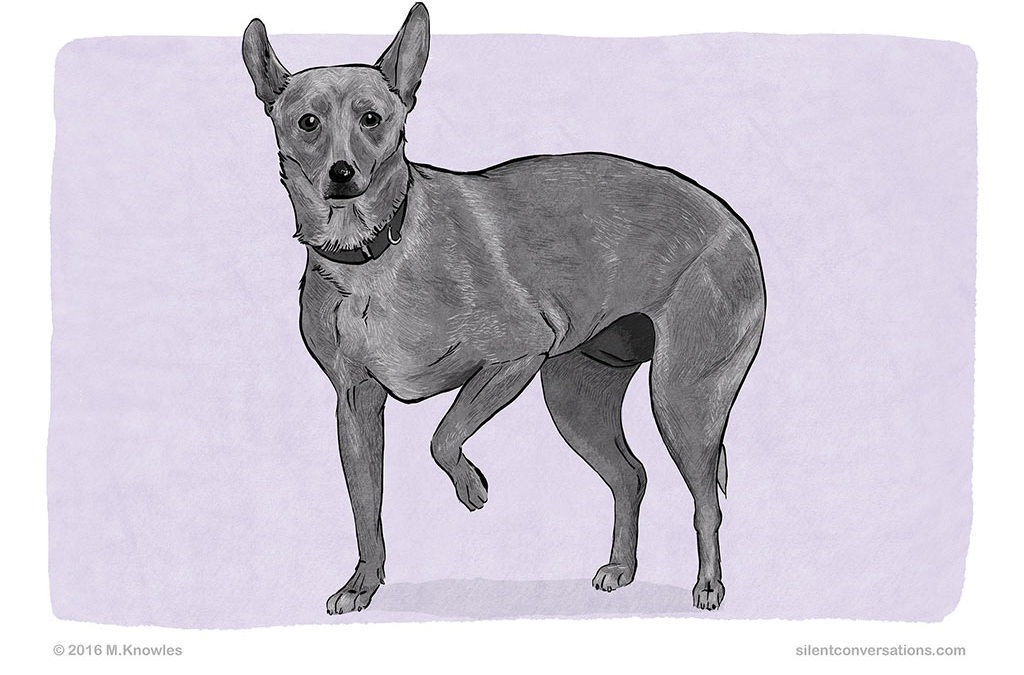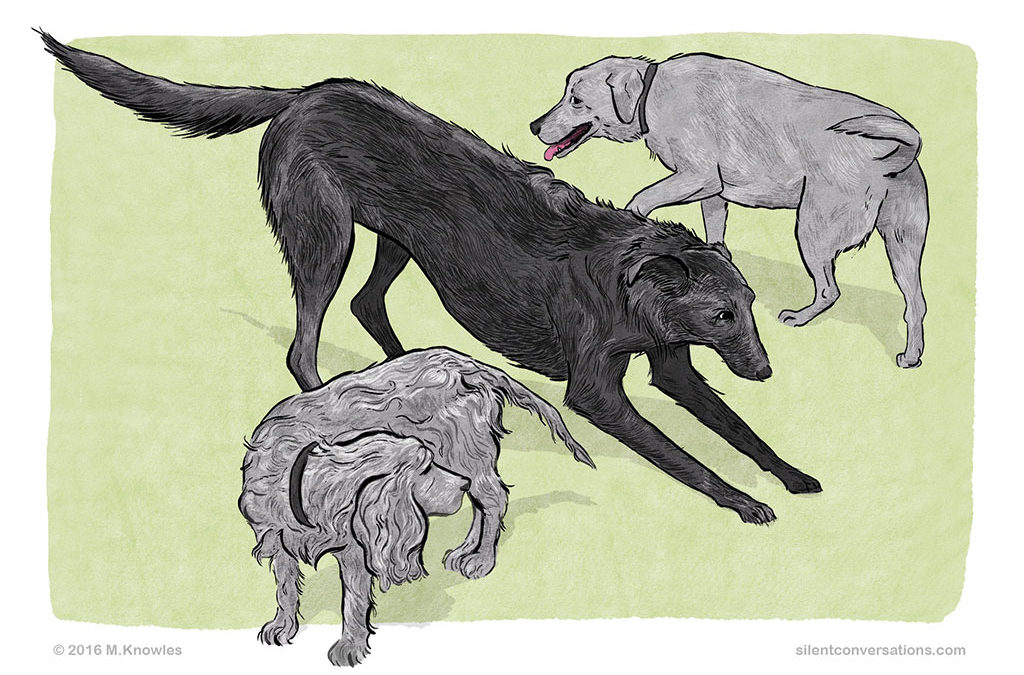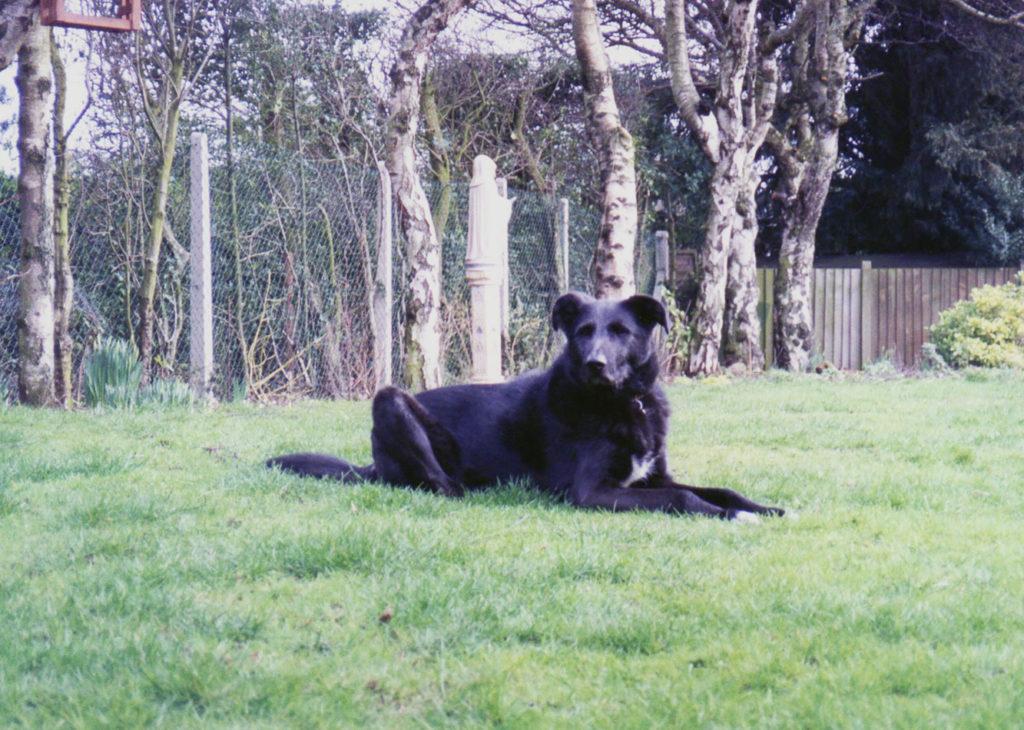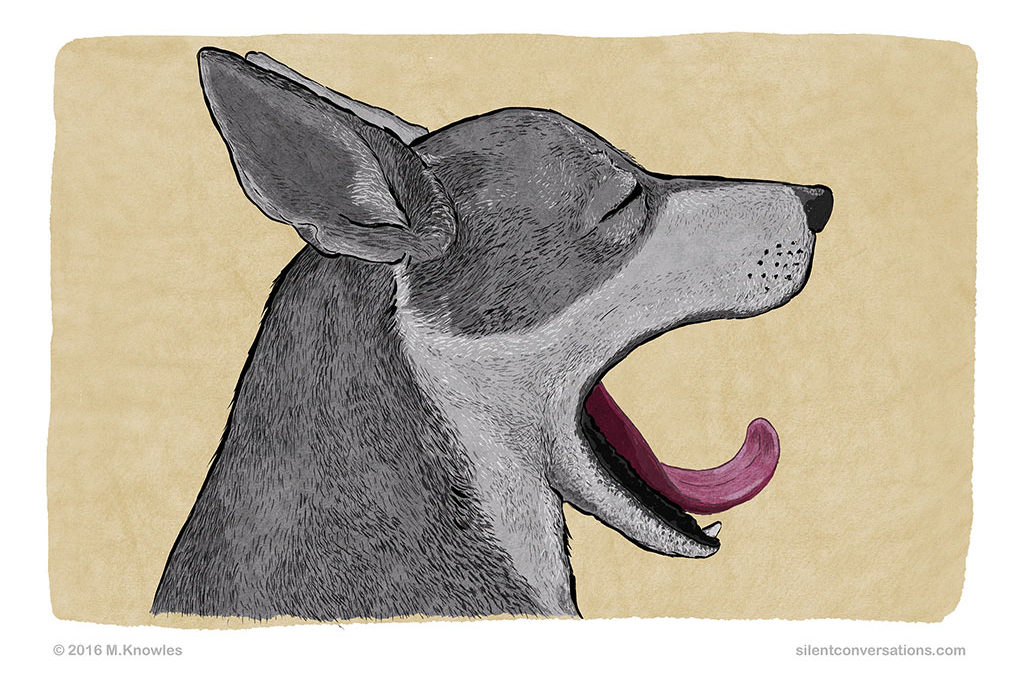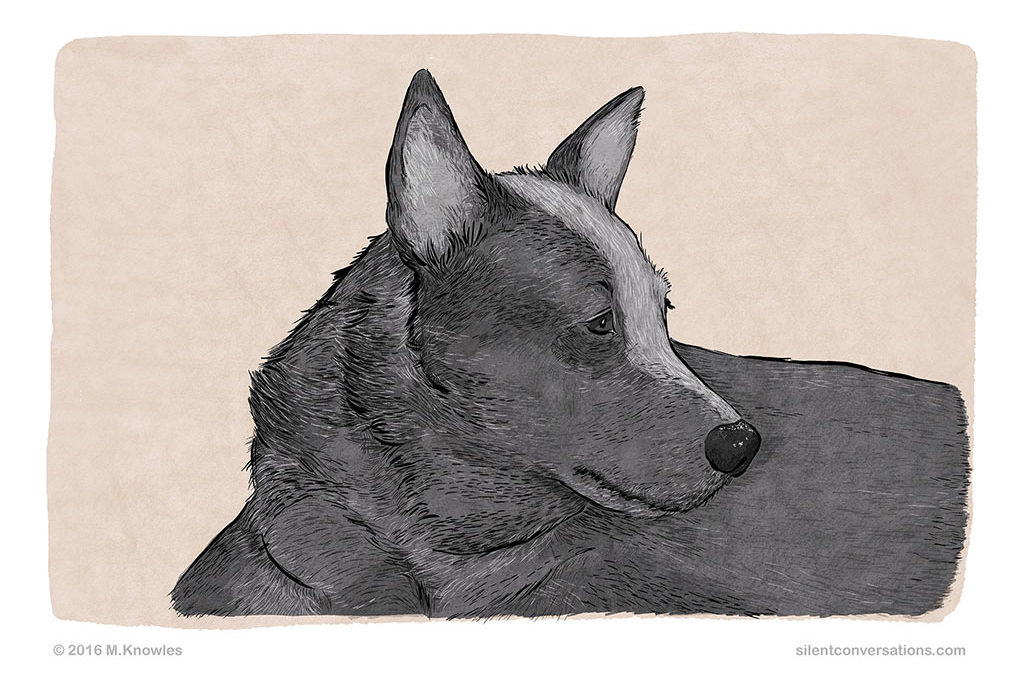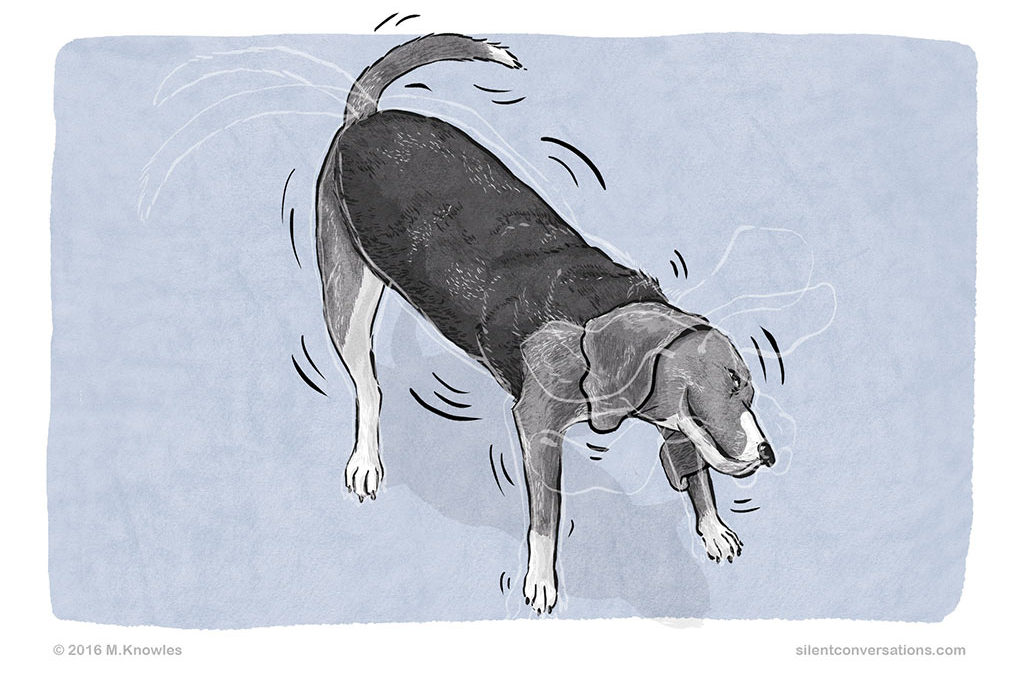
Shake Off – Dog Body Language
Shake Off – Dog Body Language
A shake off is when the dog shakes as if he is wet and shaking water off his body, but as he is completely dry, the shake off may seem out of context. In this instance it is part of dog body language. You may notice the shake off after an event that may have been taxing or stressful* for the dog. It is almost as if it signifies a break from whatever had just occurred, allowing the dog to reframe the event, pause and move on from it.
Here are a few examples of situations where a dog may offer a shake off:
- Two dogs are playing with each other; the play gets a bit more animated. There is a slight pause; the dogs manage to break off from play; both shake off and then move away from each other, ceasing play. The play may have escalated and gotten a bit too rough, resulting in a rise in adrenaline levels. The shake off would show in this instance that the play might have become too heated. Thankfully, the dogs were able to pause and resettle themselves.
- Two dogs approach each other; the greeting passed without incident, but both the dogs may have been a bit tentative of each other during the interaction. Their movements may have been rather fast and jittery, showing their slight apprehension. As the dogs walk away from each other, each does a shake off.
- A scent on a bush seems very interesting to your dog while out on a walk. He stops and sniffs for a long while, investigating each leaf carefully, and seems enthralled with this particular scent. He even tastes the leaf and starts a tonguing response, which may look as though your dog is swilling wine around in his mouth at a wine tasting, but he is actually using his Vomeronasal organ to analyse the scent. After this particularly intense sniffing session, he does a shake off and then continues with his walk.
- A dog may be hugged by a person. The dog communicates with some body language, such as whale eye, lip lick, head turn and yawn to communicate she would prefer not to be hugged and did not enjoy her space being invaded. After the person lets go of her, she walks away and does a shake off.
- You are about to take your dog out for a walk. While you attempt to leash your dog, he is excited by the leash coming out and is jumping about; he may bark a bit. After having his leash clipped on, he does a shake off; this may be due to his getting hyped up by seeing the leash.
These are just a few examples; there may be many more. Start observing to see if you can notice any shake offs in different contexts. As discussed below, interpretations such as the above examples should not be attempted without careful observation and consideration of all aspects of the situation.
What is meant by stress*?
When I mention stress, this does not necessarily imply negative emotion. I mean stress in the physiological sense. So certain body language signals can mean the dog is feeling some sort of emotional discourse. This discourse could range from positive to negative emotion. Both excitement and fear could have similar effects on the body, with various hormones being released and activating the sympathetic nervous system. The dog may be feeling uncomfortable/fearful or it could also be excited about something. When analyzing stress in body language, it is worth noting the frequency and intensity of the various body language signals.
A few notes to consider when observing dog body language:
Observation before interpretation
Interpretations should be offered only once you have observed the complete interaction and taken note of the wider picture. To offer an unbiased interpretation of the body language, observe and take note of the situation, taking into account the dog’s whole body, the body language signals, and environment first before offering an interpretation. List all the body language you see in the order that it occurs; try to be as descriptive as possible without adding any emotional language. For instance, saying a dog looks happy is not descriptive and would be seen as an interpretation rather than an observation.
You could, however, list what you observe: ears to the side, eyes almond shaped, slight shortening of the eye, mouth open, long lips, tongue out, body moving loosely, body facing side-on, tail wagging at a slow even pace at body level.
From the observation, I could interpret that the dog seems relaxed or comfortable. I still prefer to say relaxed rather than happy, as I feel you will truly never know exactly what the dog may be feeling on the inside emotionally. It is quite likely the dog may be feeling happy, but I prefer to comment on how the dog is behaving in response to the situation rather than presuming internal emotional states.
The importance of viewing body language within context
Interpretations can vary depending on the context. It is possible for certain body language to be used in different contexts and have subtle differences in meaning within those contexts. Individual body language signals should not be observed in isolation; the wider picture should be considered. Take note of what the dog’s body as a whole is saying. Keep in mind each dog is an individual with varying skills and experiences. What may be typical for one individual may not be for another. In order to observe body language in context, consider the following: the situation, body language signals, the body language expressed by all parts of the dog’s body, environment, and individuals involved. It is worth noting how the body language changes with feedback from the environment or the other individuals interacting.
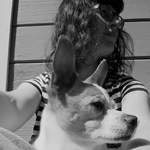
Martha Knowles
Author
My vision is to create a community of dog guardians who share their observations and interpretations of their dogs’ silent conversations. Hopefully, these experiences and stories will provide some insight into dog communication, which is often overlooked by the untrained eye because it is unfamiliar to humans. We are accustomed to communicating mainly with sound, so we are not attuned to the silent subtle gestures and body language used by dogs to communicate. If you take the time to observe, you will start to see these 'silent conversations' going on around you. My dream is for dog communication to become common knowledge with all dog guardians and as many people as possible. Surprisingly, there are still some professionals working in various dog-related careers who are uneducated about dog body language. Greater awareness of how dogs communicate will help to provide better understanding and improve the mutual relationship between dogs and humans. This will promote safer interactions between our two species and hopefully remove some of the expectations placed on dogs within human society. I would like dog guardians to feel empowered with their knowledge of dog communication so that they can be their dogs’ advocates and stand up for themselves and their dogs when it really matters.
